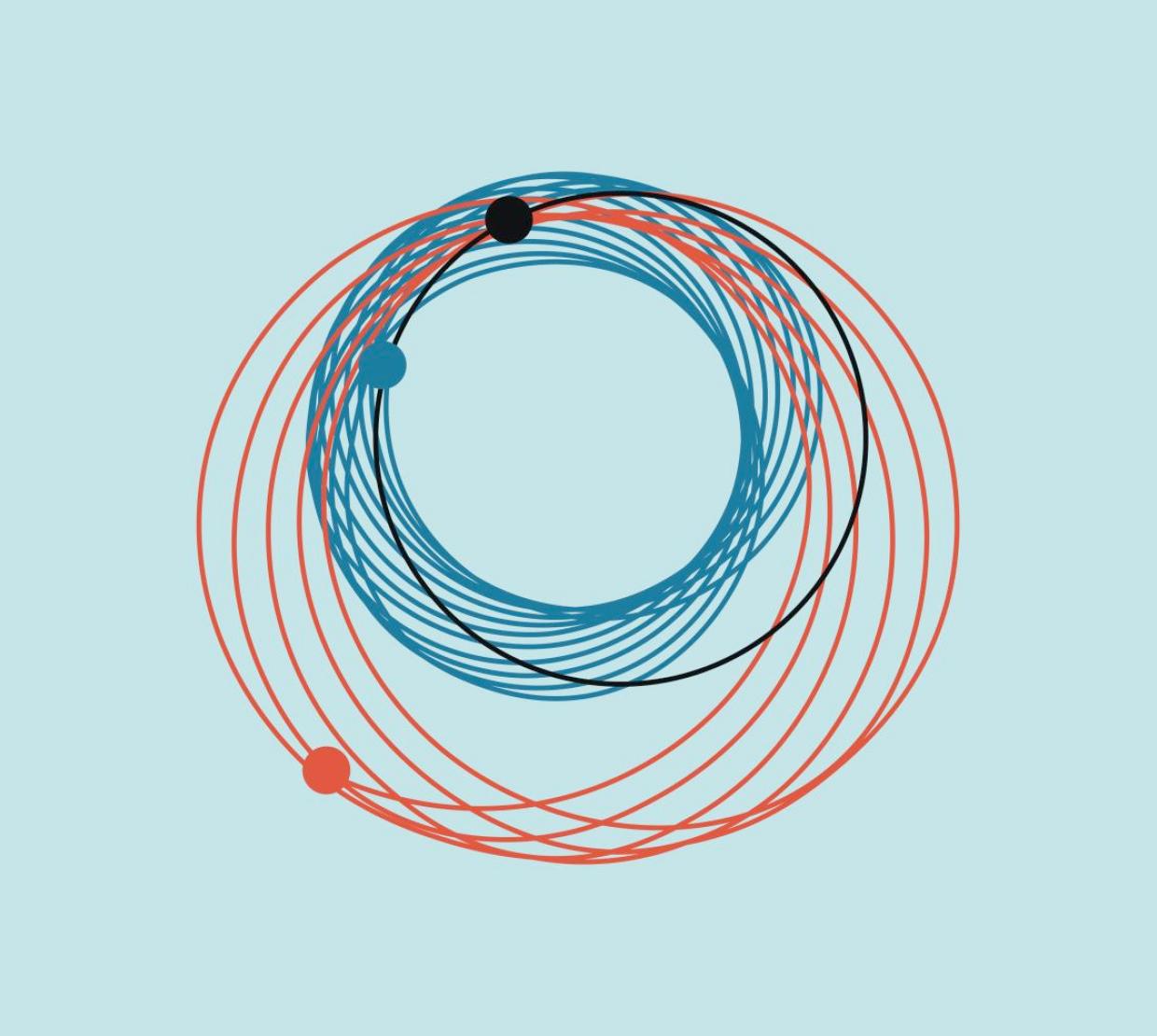More than 150 years ago, Joseph Bertrand stated a mathematical theorem. Proving why this theorem is true hasn’t been a simple endeavor.
Two College of Science alumni, along with professor Patrick De Leenheer, recently published a paper in the SIAM Review pulling back the curtain on Bertrand’s Theorem. Together, they wrote a proof that is accessible to undergraduate mathematics or physics students.
Bertrand’s Theorem states that among all possible gravitational laws, there are only two exhibiting the property that all bounded orbits are closed, Newtonian and Hookean gravitation.
“If we didn’t live in a gravitational field governed by Newtonian gravitation, the world would be very different and far more unpredictable. For example, we would probably not have seasons,” De Leenheer said. “It’s kind of remarkable that gravity operates in this way. Among all the possibilities, truly infinite, this is the one that we live in and that’s just astounding.”
In the simplest terms, the group started by using a process of elimination, by first showing that gravitation must follow a power law. Next, they narrowed down the power laws until only two of them remained. And finally, they checked that both of these had the property they were looking for.
De Leenheer remembers taking his first physics class in high school and questioning the formula, R: F = G(m1m2)/R2. De Leenheer wanted to know why it was R-squared. Why not R cubed or something different? This led him to Bertrand’s Theorem. He couldn’t find a proof of it, leaving him to wonder why it was true.





